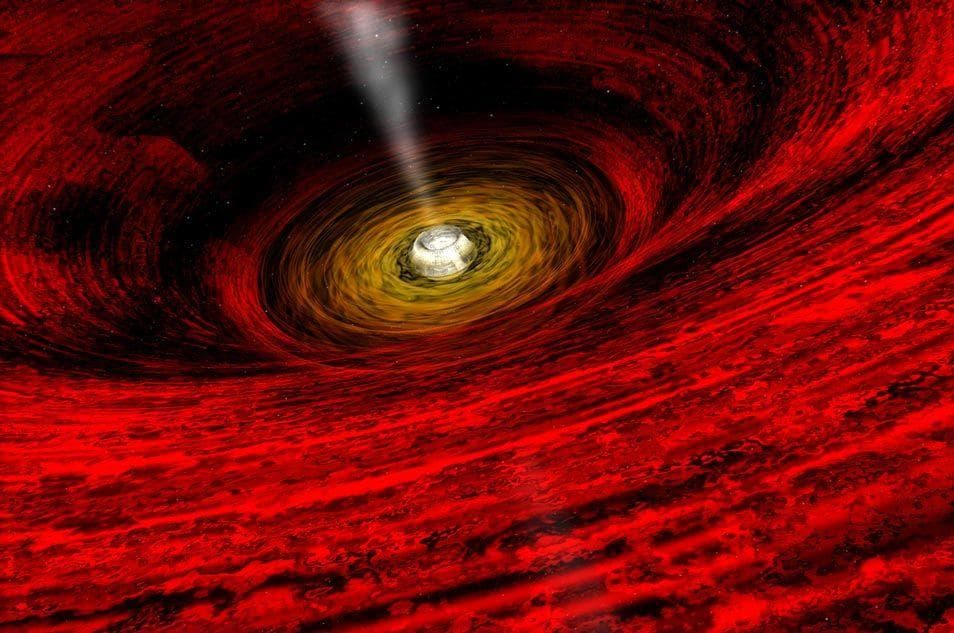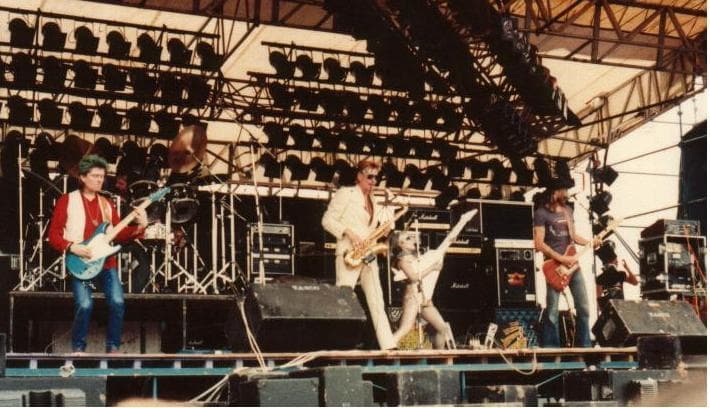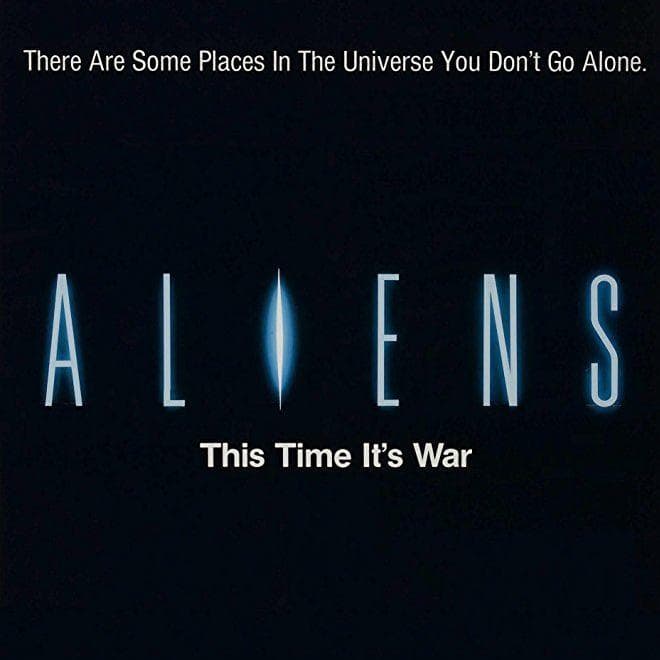-
(#10) Only One Member Of NASA Apologized Publicly
While Congress and NASA played the blame game, heads rolled at the organization soon after the accident. Higher-ups were let go, and Wayne Hale was put in the position of second-in-command for the remaining shuttle missions. He was also the only member of NASA to apologize for the accident and to publicly accept the blame for "normalization of the abnormal."
He said, "After the accident, when we were reconstituting the Mission Management Team. My words to them were 'We are never ever going to say that there is nothing we can do.'"
-
(#5) Columbia Was Lost On Radar
One of NASA capsule communicators called up to the crew to discuss the abnormalities. Husband got the message and replied "Roger" before he was cut off completely. Mission Control was unable to reconnect with anyone on the shuttle. Occasionally, during reentry, communication goes awry temporarily, but radar evidence of the craft disappeared.
White smoke in streaks filled the sky, spelling disaster for Columbia.
-
(#2) Mission Control Knew Of The Potential For Disaster But Did Not Tell The Crew
The team on the ground knew Columbia's astronauts would not make it home and faced an agonizing decision - should they tell the crew that they would die upon re-entry or face suffocating due to depleted oxygen stores while still in orbit?
In the end, it was decided it was best for them not to know. On his blog, former shuttle project manager Wayne Hale revealed that Jon Harpold, Director of Mission Operations, told him:
You know, there is nothing we can do about damage to the TPS. If it has been damaged, it’s probably better not to know. I think the crew would rather not know. Don’t you think it would be better for them to have a happy, successful flight and die unexpectedly during entry than to stay on orbit, knowing that there was nothing to be done until the air ran out?
-
(#4) Debris From The Disaster Was Spread Over Two States
After the horrific crash, Columbia's debris field stretched from Central Texas to Western Louisiana. A team of more than 25,000 professionals and volunteers searched an area of 2.3 million acres to recover everything possible that remained from Columbia. Due to the large area and extensive number of fragments, pieces are still being found to this day.
More than 14 years later, only about 84,000 pieces - or 40% - of Columbia have been recovered and are still being studied.
-
(#13) Shuttle Missions Give Way To Privatized Space Travel
With the shuttle fleet no longer in commission, NASA turned to outside help - in the form of Elon Musk and SpaceX.
Musk said of the obsolete shuttle program:
I was trying to figure out why we had not made more progress since Apollo. We’re currently in a situation where we can’t even put a person into low earth orbit. That doesn’t really jell with all of the other technology sectors out there. The computer that you could have bought in the early seventies would have filled this room and had less computing power than your cell phone. And so just about every sector of technology has improved. Why has this not improved?
NASA and the government contractors it worked with faced the same problems they had always faced - too little to work with, too little time to do it in, and too much to do. Musk and his investors didn't have these issues and could find the cheapest, safest way forward without bureaucratic red tape - and did so. Privatized space travel soon became the wave of the future.
-
(#3) NASA Knew About The Problem But Made The Fatal Mistake Of Ignoring It
This was not the first time foam had broken off in space flights. In fact, it had happened several times before (and without incident), so much so that it was referred to as "foam shedding." NASA engineers dismissed the problem of foam shedding as being of no great urgency.
When a NASA engineering manager, Don L. McCormack Jr., told Mission Management Team member Linda Ham of his concerns about the issue, he was told by her that it was "no issue for this mission."
New Random Displays Display All By Ranking
About This Tool
On February 1, 2003, the second serious space shuttle accident occurred in the history of human astronautics. The US space shuttle Columbia disintegrated and crashed over northern Texas, killing all 7 astronauts. This is also the 28th mission of Columbia. According to the original plan, the 7 astronauts will return after completing the 17-day space research mission. However, on the day of the return trip, the Columbia suddenly disintegrated and numerous fragments fell to the ground.
The people fell into great grief. The US authorities immediately set up an investigation team to investigate the cause of the tragic accident and searched for the flight recorder in the debris. You will find 13 details of the accident in this random tool.
Our data comes from Ranker, If you want to participate in the ranking of items displayed on this page, please click here.










